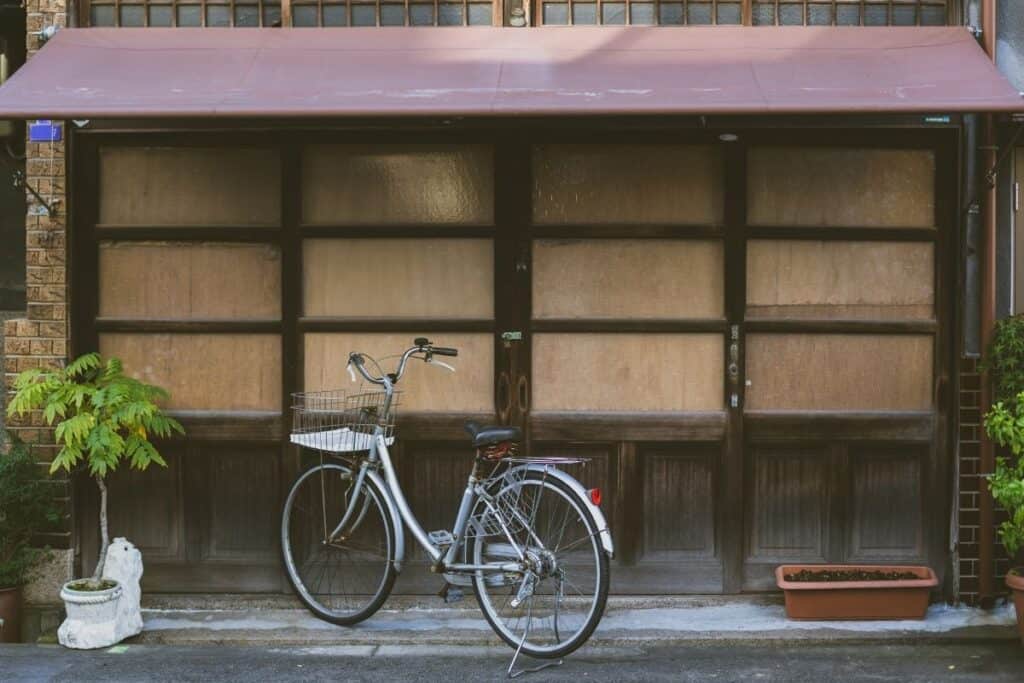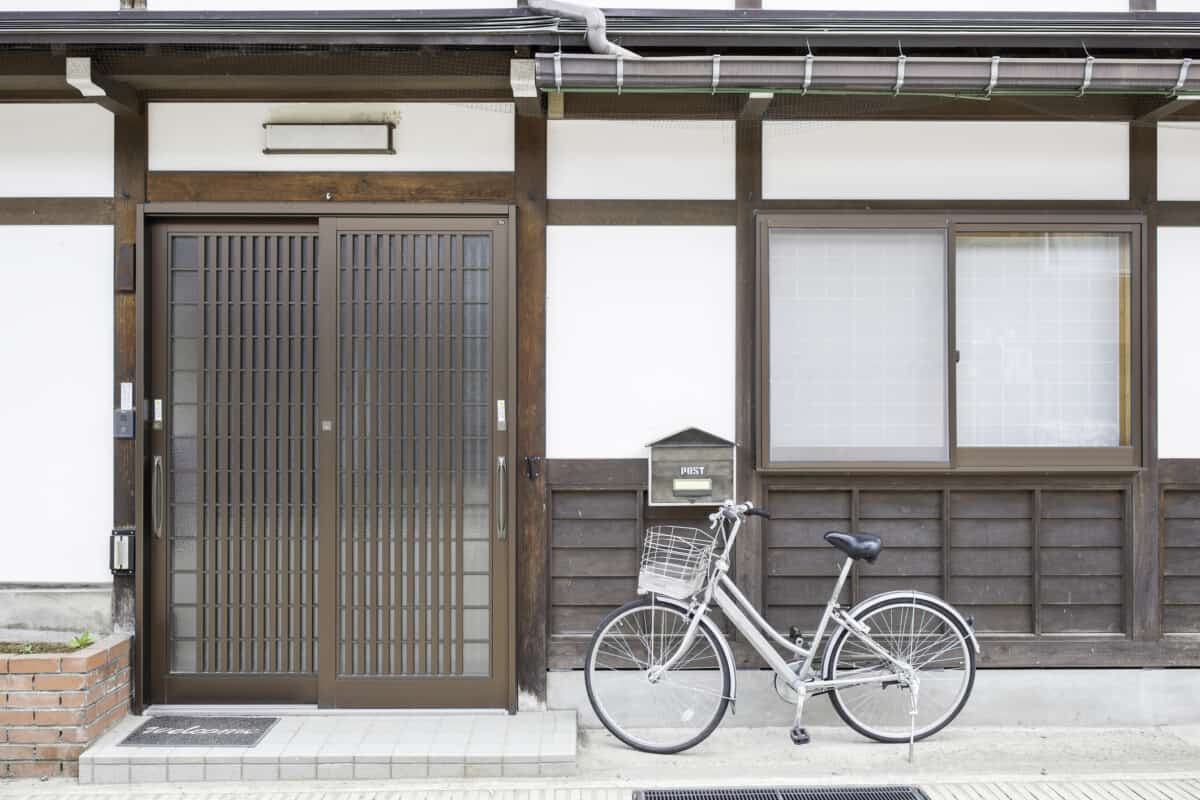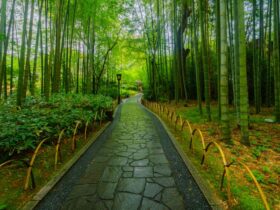A few years ago I came across stories of the Japanese government giving away homes. My first thought was…no way. I have been researching this topic for a while and have become truly interested in the possibilities of this being a reality. So the question restated is: Are there really free homes in Japan. Short answer Yes and No. It depends on what you define as free.
Comparing homes prices in western c countries such as Canada, United States, and the UK. Then Yes the homes are in some cases nearly free. That’s the catch “nearly”. Since there is no such thing as a free lunch then let’s look at exactly what needs to be examined.
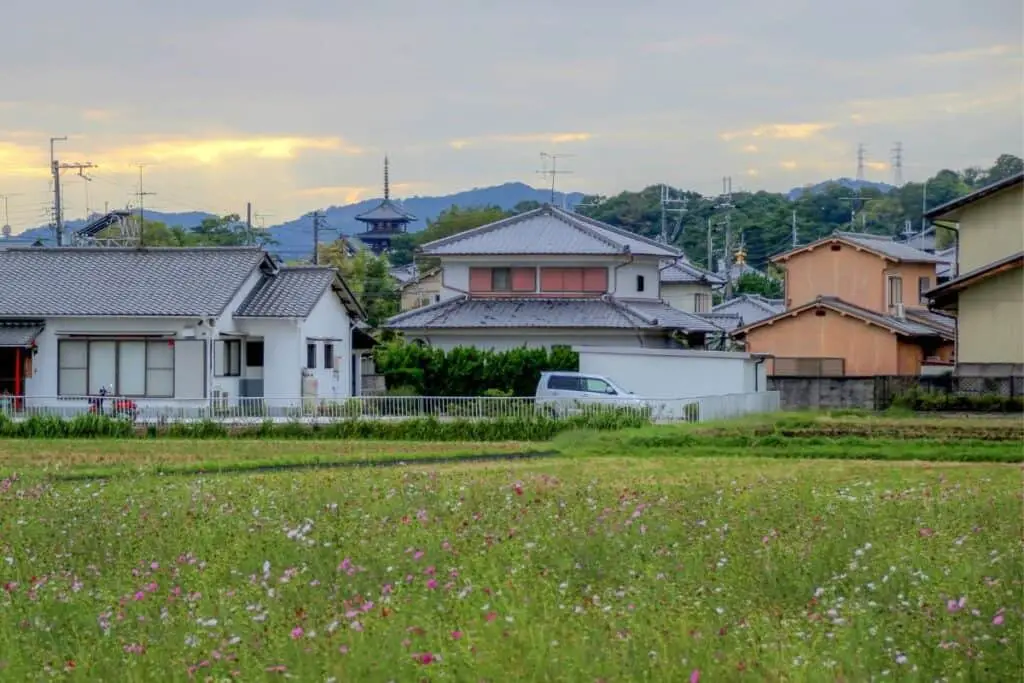
Many people find it hard to believe that Japanese homes are nearly free. There is a very large caveat to this reality.
The Japanese definition of Akiya home is a home that is abandoned or vacant mostly in rural areas of Japan. The house’s condition can be either nearly livable or in need of a complete renovation.
Thus a home costing only a few thousand dollars may be in need of repair the cost of which might be many multiples of the purchase price.
The next question is why are there highly discounted homes across Japan and is it possible to purchase one as a non-Japanese citizen.
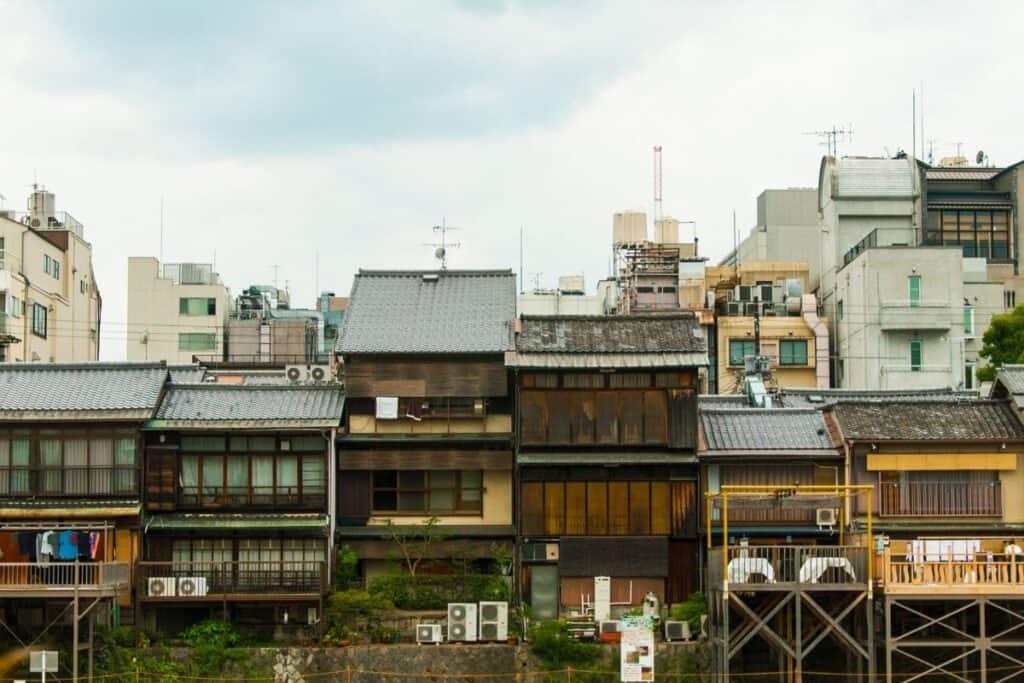
As a general rule, Many of these homes are abandoned for several reasons. One is that the owner has passed and their children if any do not want to inherit the home with all the taxes and maintenance costs involved in keeping it. These homes are often located in rural areas far from their jobs.
I am totally amazed at how many of these homes are actually abandoned or apparently no longer have an owner.
As a whole Japan has about 8.5 million abandoned homes in isolated areas of the country. Each home has varying degrees of decay as homes need to be maintained. Local and National government agencies often will attempt to sell them thru auction and directly thru real estate websites.
Since most foreigners dream of living in Tokyo, their first thoughts are often, how many homes are like this in the nation’s capital? I had the same exact thought occur to me when I first came across the Akiya bank information.
As it is in most real estate markets prices are very often controlled by location. Surprisingly even Tokyo has Akiya. Statistics show that in the countries capital there could be almost 1 in 10 homes that are unoccupied or abandoned. However, the land value under the homes would be much higher.
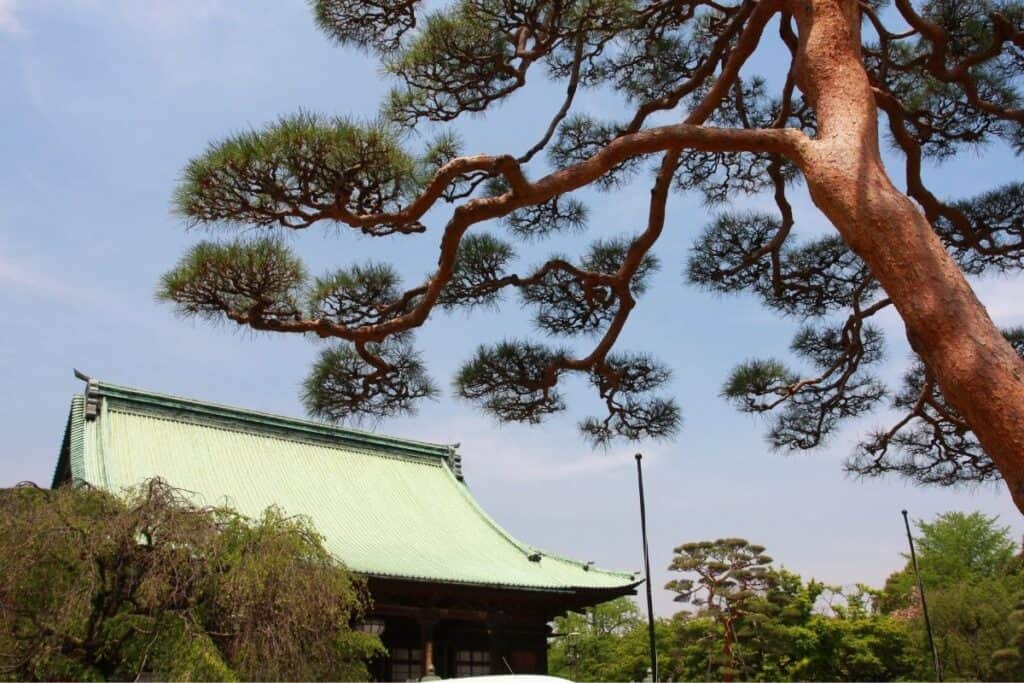
One of the unusual situations that Japan has is that homes depreciate whereas in the west, especially in developed countries home prices rise and sometimes double in price in a matter of years. Japan homes actually do the opposite of this.
On average Japanese houses lose value each year and in about 25 to 30 years the home’s actual value can be zero. However, the land upon which the house sits can increase, and thus homes in desirable areas will often be torn down and a new home will be constructed in its place.
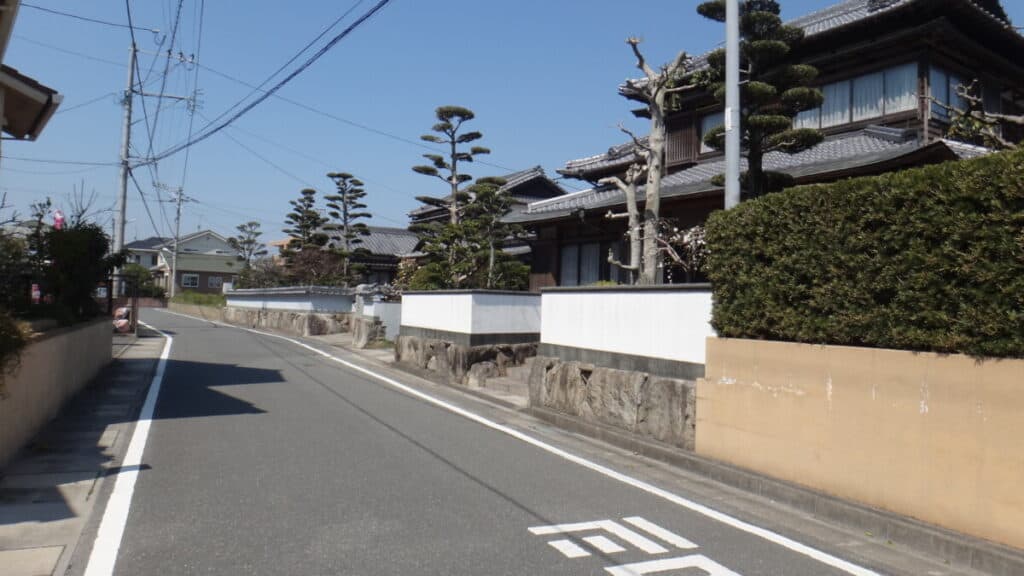
In addition to home depreciation and the owners themselves passing on there are other factors at play here as well. Japan’s population is in a slow decline.
In total Japan’s population is shrinking each year by almost 450,000 annually. Japan has one of the oldest population demographics in the world. About 30 percent of Japan’s population is over the age of 65 and has one of the world’s lowest birth rates.
Having said this about older homes, newer ones being built today with higher quality materials and newer technology may last for as long as an average home in the west if properly cared for.
Once someone gets serious about making a purchase of an abandoned home in Japan is to want to know can I buy one as a non-Japanese citizen.

Non-japanese foreigners can buy Akiya homes or any other type of home in Japan without citizenship. The issue is that buying properties in Japan does not automatically give you citizenship. Homes can be bought while you were in Japan on a tourist visa, work visa, or even a student visa.
One of the biggest problems with making a purchase of an abandoned home is that many mortgage companies within Japan don’t want to take a risk on a buyer who may not stay to pay the mortgage. If the home isn’t renovated or gets partially renovated and the buyer leaves Japan, then the bank is left holding the bag with a house that may not sell for many years or ever.
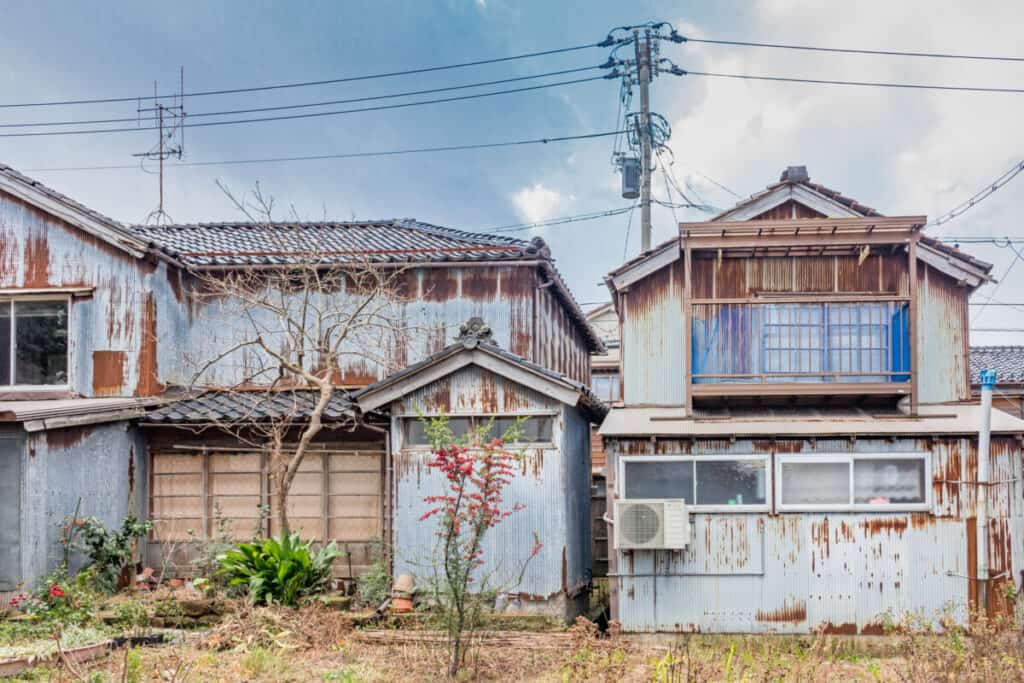
If you are still not deterred by all the possible hurdles to getting one of these bargain-basement properties then there are places on the web to actually sell the homes.
Akiya bank is a network of real estate listings with homes from all over Japan that vary in price from $500 to over $100,000. Properties may be listed by local governments or the owners themselves who may no longer dwell in the homes.
There are two national databases with listings from all areas of the country. My personal choice is to use the site:
For me, its easier to navigate and google translate option makes it a breeze for those not perfect in Japanese.

Anyone with the knowledge or ability to renovate themselves might be a great way to get into a home in Japan at a steal. One other thing to take into consideration is about getting financing for said homes. Japan has what is called a flat 35 loan. In other words, the bank will set up a mortgage on a property for up to 35 years at an extremely low-interest rate compared with north American rates.
I’ve seen rates below 1% recently and it’s unbelievable that this is possible. Japan’s economy has been in a long-term recession since the bubble burst in the early nineties.
If you love your son, make him leave home
Japanese proverb
So is a flat 35 loan possible on an abandoned property? Well, maybe if the home is in livable condition and you meet certain age and income requirements then you might qualify. If you have the funds out of pocket to buy and renovate then this might be your best option. If your already settled in Japan with a Job and income history there could be financing and this may be the road for you.
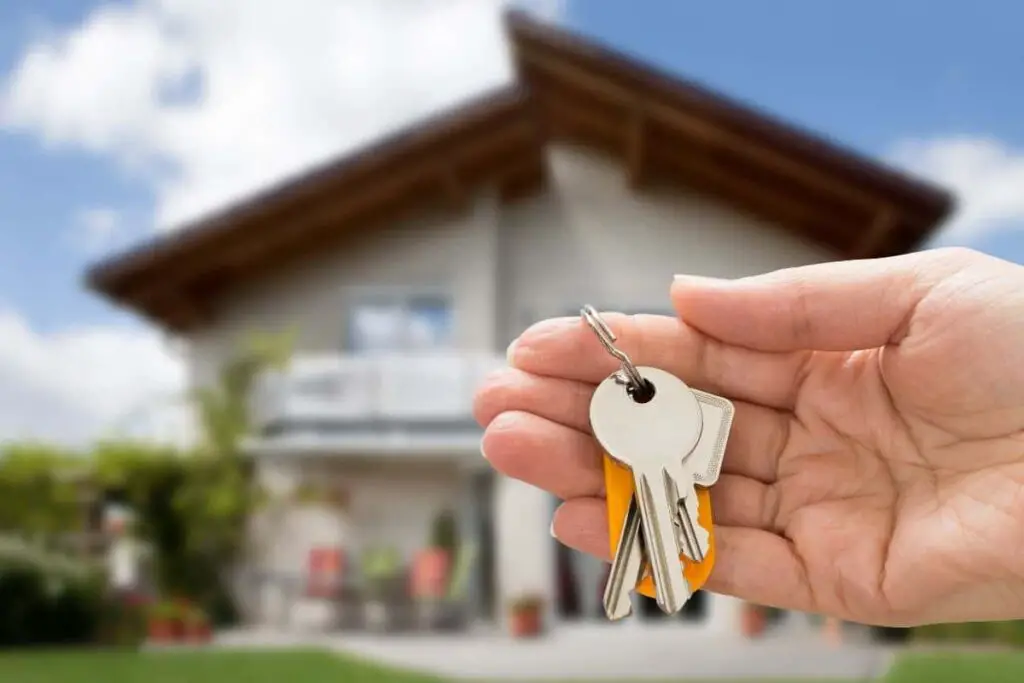
Flat 35 loans in Japan may allow financing up to 100% of the property’s value and thus will not require a down payment. These loans are promoted to younger buyers who can qualify and will not have to worry about a sizable down payment to get into a home.
I’ve been following a Youtube channel where an Australian man living in Tokyo has purchased an Akiya home and completely renovated it. His purchase was done at auction and he paid under $30,000 US and has done an incredible job restoring this beautiful home to its former glory and maybe even better than it was originally. He stated in one video that the owner originally built the home for a cost of over $300,000 in the late 1980s. His hard work is evident and I am a real admirer of his home.
It’s a great success story about taking one of these neglected properties and turning it into something amazing.
